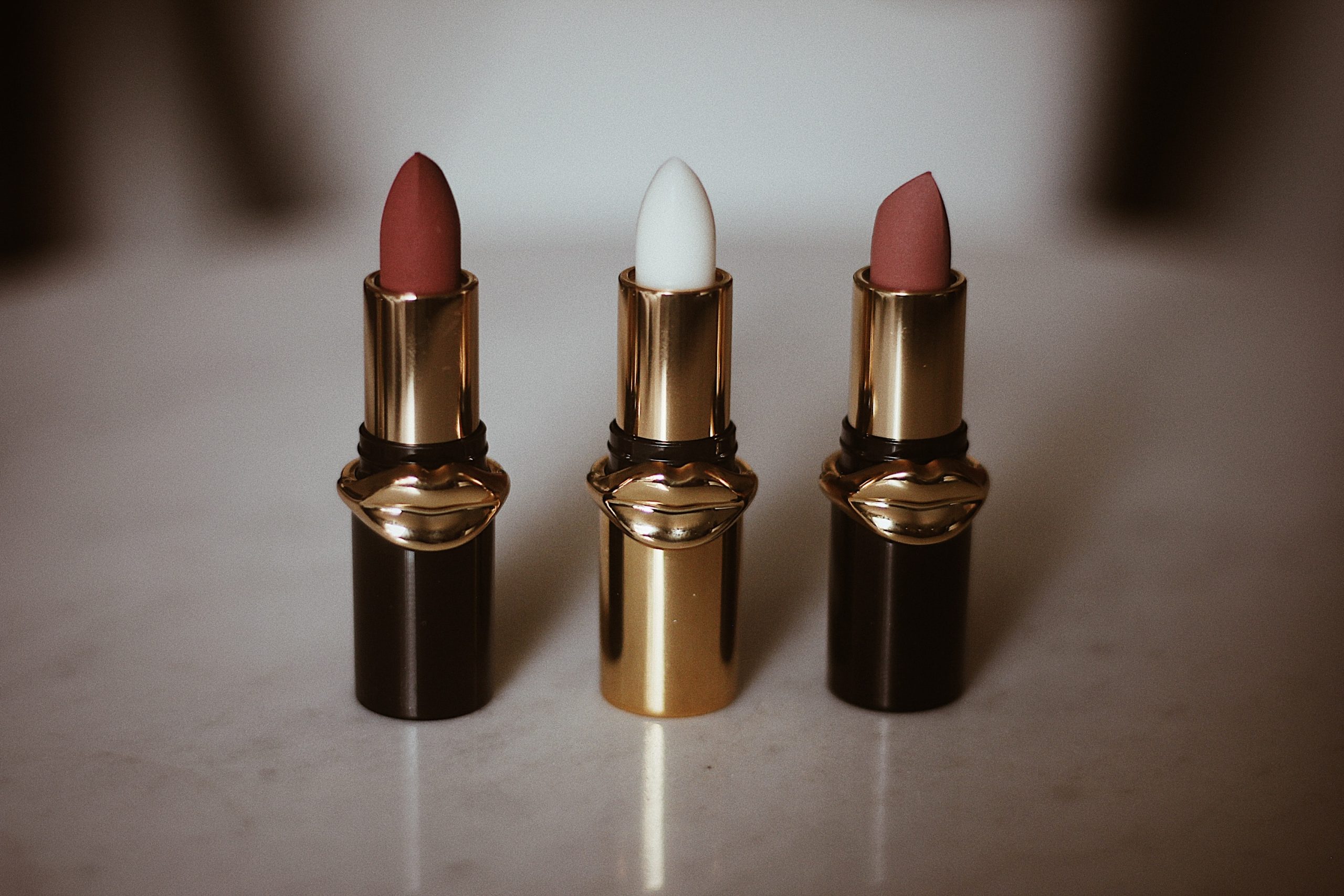Popular makeup brand Glossier pulled back from selling in-store products throughout the pandemic, mainly focusing on its online store. The shift could be partially attributed to the backlash it faced from rumors and controversies over company policies. However, in the past month, it has opened new stores in several major cities, promoting them more as attractions with their own themes as opposed to an average cosmetics store. The brand also announced that it will be selling its products in Sephora instead of just the Glossier brand stores. How are its loyal fans receiving the news of these store grand openings, and will the brand fully recover from some of the backlashe it has faced in recent years?
Glossier’s Branding and Popularity
Beginning as the beauty blog “Into The Gloss” created by CEO Emily Weiss, Glossier has found much success in the beauty world. Glossier’s initial launch in 2014 marked a shift in the makeup industry with its uncommon, at the time, company philosophy. The brand focused on the “dewy” look, with soft colors and lightweight products that gave a youthful and clean appearance. Products were formulated to simply accentuate natural features instead of providing full coverage. Along with catchy names such as “Cloud Paint” blush or “Balm Dotcom” moisturizing salve, the consistent millennial-pink packaging only reaffirmed the aesthetic.
One of its earliest products was named “Boy Brow,” a shaping eyebrow pomade that made fast inroads into the market. Early fans appreciated the glossy, dewy image Glossier focused on; its popularity quickly grew with the help of “full face of Glossier” YouTube videos and positive social media traction. While Glossier certainly wasn’t the first brand to sell makeup that was light and concentrated on skincare, it distinguished itself by making the concept its entire ideology, helped by its alluring minimalist packaging. Many other brands adopted this “natural beauty” approach to branding makeup with notable success.
Actress Selena Gomez’s makeup brand named Rare Beauty similarly uses pink packaging and softer colors intended to celebrate natural beauty. The Rare Beauty brand takes natural ingredients to take “clean makeup” even further, setting themselves apart from many large cosmetic companies and imitating Glossier’s philosophy with many of their products. Gomez’s products are not the only ones following in Glossier’s footsteps, though, with countless cosmetic lines releasing similar products in the years after the glossy and dewy phenomenon.
Controversies
While Glossier’s brand focuses on a clean look, its record hasn’t matched its aesthetic. In 2020 the company received backlash when unnamed Glossier retail employees, referred to by the company as “editors,” came forward with allegations of racism and mistreatment. Workers described their treatment as exploitative, with little improvement even after higher-ranking employees were informed of issues that included racist remarks and exclusion. Many felt this worsened the brand’s image, which already lacked range and had limited shades and products for people of all skin types and colors.
Smaller nitpicks grew, and fans began to criticize the large, wasteful amount of packaging for small products as well as products that felt too sheer or ineffective — all things that became particularly apparent once the buzz around the brand died down. Essentially, many consumers felt that they didn’t fit the mold of what a “Glossier Girl” should be. Many believed that with such restrictive and specific skin tint shades and skin care formulas, Glossier was no longer a brand worth supporting. Furthermore, the brand was no longer the only one with lightweight products and minimalistic packaging anymore, as so many companies now put out similar product lines.
Those who wanted a Glossier look could turn elsewhere, controversy-free, while others who wanted more full-coverage products moved toward other brands. The controversies, along with the COVID-19 pandemic, led to the closure of Glossier retail stores in 2020; the company largely laid low in the following months.
Revival and Reopening
This summer, Glossier opened new stores across the nation and announced plans for more in Washington, D.C., Miami, LA, Seattle and even London. The new stores maintain the classic branding of Glossier, selling many of the same products with a few added skincare items. Expectedly, the new openings did not ignore the past controversies that needed some closure. CEO Weiss was quoted: “We owe a debt of gratitude to our former retail colleagues who shared with us, through many hours of conversations last year, how we can improve the overall experience for our retail team — and most importantly, how we can ensure that we’re consistently creating a safe and inclusive environment for all Glossier retail team members.”
The store’s opening announcements prompted many fans to express their excitement on social media, and the new Glossier locations were projected to be a great hit. The store openings were accompanied by long lines and the company had a very successful weekend. The Georgetown location experienced a high volume of customers and had to allow parties in one by one. Georgetown’s location follows a “jet age” theme with airplane windows leading into the main room. The store provides opportunities for photo-ops for visitors and is more of an event than the average retail shop. Other Glossier store locations are experiencing similar amounts of success, possibly indicating improved fortunes for the company.
Will the reopening of Glossier’s in-person stores signify a change in the brand’s image? Can the buzz of the new locations save the company? The initial opening doesn’t offer enough information to determine the future of Glossier and where the cosmetic brand will go. Fans and spectators alike may have to wait to see how the company does after the buzz generated by the store openings has worn off. However, the brand has a notable number of fans who can acknowledge the unprecedented change Glossier has made in the cosmetic industry.

















